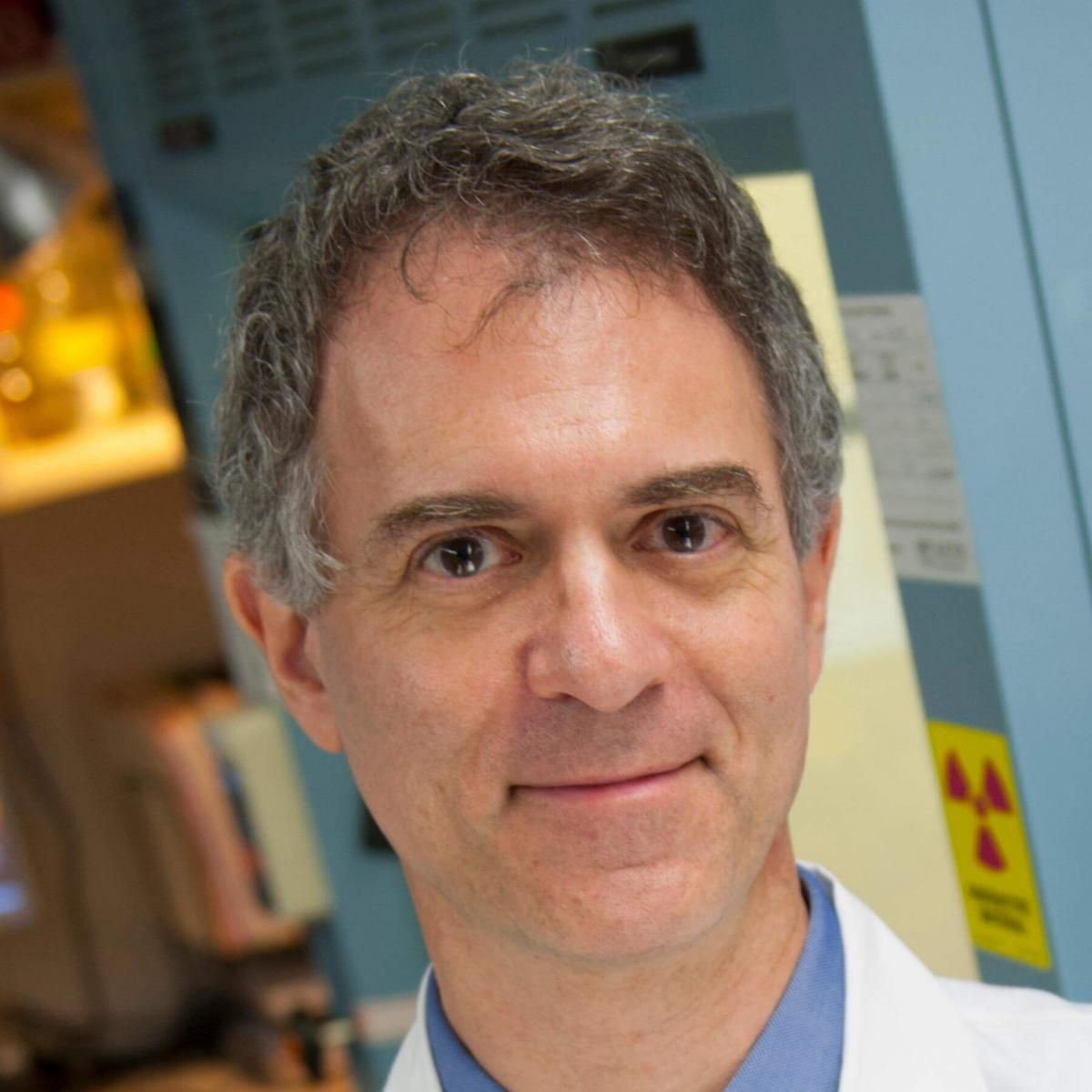Mutation in TB Gene Associated with Drug Tolerance, Study Finds
A new paper offers a compelling theory as to why it takes so long for antibiotics to defeat tuberculosis.
Public health officials have long been frustrated by the lengthy process of treating patients with tuberculosis (TB), which generally takes 6 months. Now, new research is shedding light on a genetic factor that may lead to a solution to the problem.
“We have strongly suspected for decades that the reason why it takes so long to treat patients is that TB is killed in 2 phases by antibiotics,” David Alland, MD, MSc, of the Rutgers New Jersey Medical School, told Contagion®. “[There’s] 1 phase where there’s

David Alland, MD, MSc
a rapid killing initially and 1 where there’s a slow killing.”
There’s been considerable evidence to support the 2-phase theory, Alland said.
“The question is, what’s the actual cause of the second phase?”
In a new paper published in PNAS, Alland and colleagues offer a surprising answer. They show that a phase-variation in TB’s glpK gene produces a phenotype that appears to be drug-tolerant. These frameshift mutations in glpK enable slow growth of the bacteria in a small-colony state associated with drug tolerance. However, this shift is rapidly reversible back to a large colony phenotype.
Alland and colleagues write that this phase variation in glpK could have major implications for how we understand TB’s response to treatment.
“For example, in the case of TB relapse, the development of reversible drug tolerance during TB treatment could permit a slow-growing bacterial subpopulation to survive drug treatment while causing minimal clinical symptoms,” Alland and colleagues write.
After treatment ends, the slow-growing subpopulation could transform back to a wild-type population and overgrow any small colony cells, obscuring the drug-tolerant subpopulation’s existence.
“Relapse in such a patient would thus be attributed to regrowth of a (drug-susceptible) ‘persister’ population rather than genotypic drug-tolerant mycobacteria,” they write.
The findings have significant implications for TB research going forward. For one, investigators can now create lines of glpK mutants in the lab and use them to test new TB drugs. If they could find drugs that are effective in the lab, those drugs might work as an addition to the existing regimen of TB therapy. Such a strategy could dramatically shorten the amount of time it takes to treat TB.
Another avenue would be to simply develop new TB drugs, which by virtue of their novelty would not be foiled by drug resistance or tolerance. Just last month, the US Food and Drug Administration approved a new 3-drug therapy, pretomanid in combination with bedaquiline and linezolid, for the treatment of TB. However, the approval was limited to a narrow population of patients with TB—adults with extensively drug resistant, treatment-intolerant or nonresponsive multidrug-resistant pulmonary TB.
According to the World Health Organization, about 4.1% of people diagnosed with TB for the first time have multidrug-resistant or rifampicin-resistant TB. However, among patients who have previously been treated for TB, the rate jumps to 19%.
While he is hopeful that research like his will make it easier to find new TB therapies, Alland said TB research has been underfunded for years. He said he hopes to see a resurgence in funding for TB research to a level more appropriate for the scale of the problem. The findings in this paper were funded by a 7-year grant from the National Institutes of Health.
